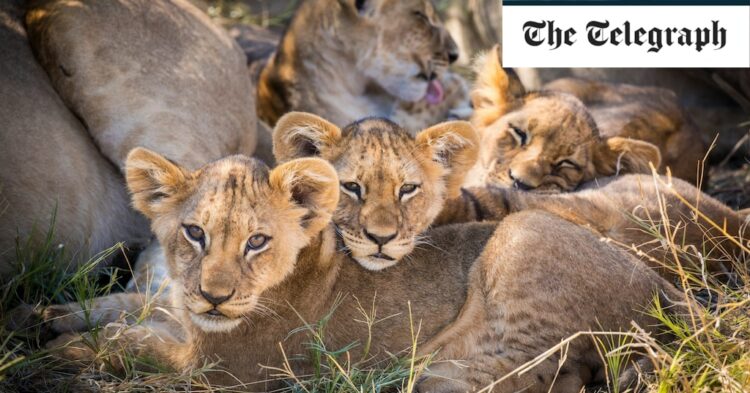November is also one of quietest times of year when it comes to tourism. Our summer is winter in sub-equatorial Africa and is the busiest for safaris. It’s the dry season, when the animals tend to gather around diminishing water holes and are therefore easier to spot, and it coincides with peak holiday time for families. In September and October, spring is in the air, with temperatures and humidity beginning to rise as the more unpredictable rainy season approaches. And so November is normally the time that the safari camps take a breather and gear down for a quieter spell before the Christmas rush.
However, the Botswana spring is also a magical period which sees the bush transition from the parched, dusty winter months to the lush fertility of summer, flushing green as the leaves of the mopane trees start to unfurl and the spectacular flamboyant tree adds a bright-red splash to the landscape. Exotic flowers, crimson fireball lilies, white bauhinia, aromatic wild honeysuckle, bright purple jacaranda and delicately yellow frangipani, bloom around the camps – and the jeep tracks are perfumed with the pungent scent of wild sage.
And it isn’t just about the flowers and the animals. Because it’s spring, the birds are also at their most active. I spotted plenty of summer migrants, including the carmine bee-eaters, with their spectacular colouring and distinctively long tail feathers, as well as resident weaver birds perfecting their exquisitely crafted, communal nests on the branches of acacia trees.
Source link : https://www.telegraph.co.uk/travel/destinations/africa/botswana/botswana-safari-africa-emotional-rollercoaster-baby-animals/
Author :
Publish date : 2024-04-28 07:00:00
Copyright for syndicated content belongs to the linked Source.
